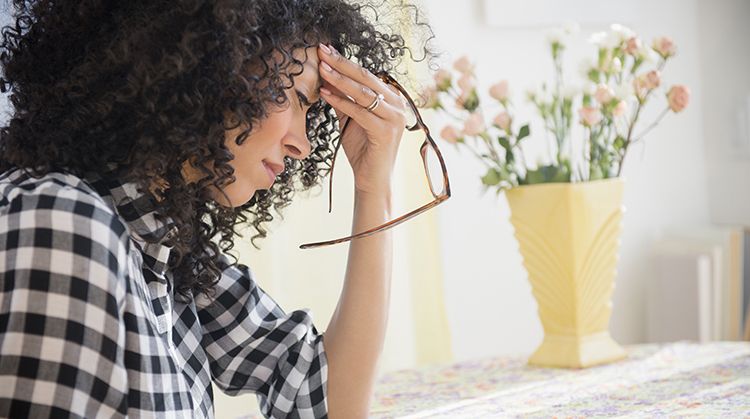Physical Therapist MIGHT HELP Manage Headaches
Head aches influence 47% of the global population and so are described by the sort and location of discomfort in the top. Many head aches are usually harmless and resolve slowly. However, more frequent reasonable to severe headaches make a difference your capability to do day to day activities and standard of living.
Various kinds of head aches include:
- Stress.
- Cervicogenic or throat muscle-associated.
- Migraine.
- Secondary head aches from an underlying problem, such as for example fever, infectious condition, sinus condition, or in rare circumstances, a tumor or even more serious disease.
- Unspecified head aches.
A actual physical therapist will perform clinical evaluation to diagnose the kind of headaches and develop a highly effective treatment solution.
Physical treatment has shown to:
- Lower or resolve the strength, frequency, and length of headaches.
- Decrease medication make use of.
- Improve functionality and mobility.
- Improve simple motion in the throat.
- Improve standard of living.
A actual therapist treatment for headaches can include:
1. Manual therapy
Proven hands-on methods are designed to relieve joint and muscle tissue stiffness, increase flexibility of the top and neck, reduce muscle pressure and spasms, and enhance muscle performance. Some bodily therapists provide dry needling for several forms of headaches.
2. Exercise
Research shows that numerous kinds of specific workouts will reduce pain, improve endurance, lower inflammation, and promote general healing. Along with individualized prescribed workouts, customized home-exercise applications are an essential component of the treatment solution.
3. Schooling
Educational strategies have already been found useful at lessening intensity and/or regularity of headaches. These methods include identifying extremely individualized triggers (ie, dietary, sleep, movement/postural practices, stressors, hydration). Effective ways of alleviate symptoms likewise incorporate a multitude of relaxation strategies.
Blanpied PR, Gross AR, Elliott JM, et al. Neck discomfort: revision 2017. J Orthop Sports Phys Ther. 2017;47(7):The1–A83. Free Article.
Ferracini G, Florencio LL, Dach F, et al. Myofascial trigger factors and migraine-associated disability in females with episodic and persistent migraine. Clin J Discomfort. 2017;33(2):109–115. Post Overview in PubMed.
Bevilaqua-Grossi D, Goncalves MC, Carvalho GF, et al. Additional ramifications of a actual physical therapy protocol on head ache frequency, pressure discomfort threshold, and enhancement perception in sufferers with migraine and related throat pain: a randomized scientific test. Arch Phys Med Rehabil. 2016;97(6):866–874. Free of charge Content.
Fernandez-de-las-Penas C, Cuadrado ML. Physical treatment for head aches. Cephalalgia. 2016;36(12):1134–1142. Article Overview in PubMed.
Irby MB, Relationship DS, Lipton RB, Nicklas B, Houle TT, Penzien DB. Aerobic fitness exercise for decreasing migraine burden: mechanisms, markers, and types of change processes. Headaches. 2016;56(2):357–369. Free of charge Write-up.
Louw A, Puentedura EJ, Zimney K, Schmidt S. Know discomfort, know gain? A viewpoint on pain neuroscience schooling in physical treatment. J Orthop Sports activities Phys Ther. 2016;46(3):131–134. Free Post.
Fernandez-de-las-Penas C, Courtney CA. Clinical reasoning for guide therapy management of stress type and cervicogenic headaches. J Guy Manip Ther. 2014;22(1):45–50. Free Content.
Web page P. Cervicogenic head aches: an evidence-led method of clinical administration. Int J Sports activities Phys Ther. 2011;6(3):254–266. Free Write-up.
Zito G, Jull G, Tale I. Scientific tests of musculoskeletal dysfunction in the medical diagnosis of cervicogenic headache. Guy Ther. 2006;11(12):118–129. Article Overview in PubMed.
Jull G, Trott P, Potter H, et al. A randomized controlled demo of workout and manipulative treatment for cervicogenic head aches. Spine (Phila Pa 1976). 2002;27(17):1835-1843. Article Overview in PubMed.
